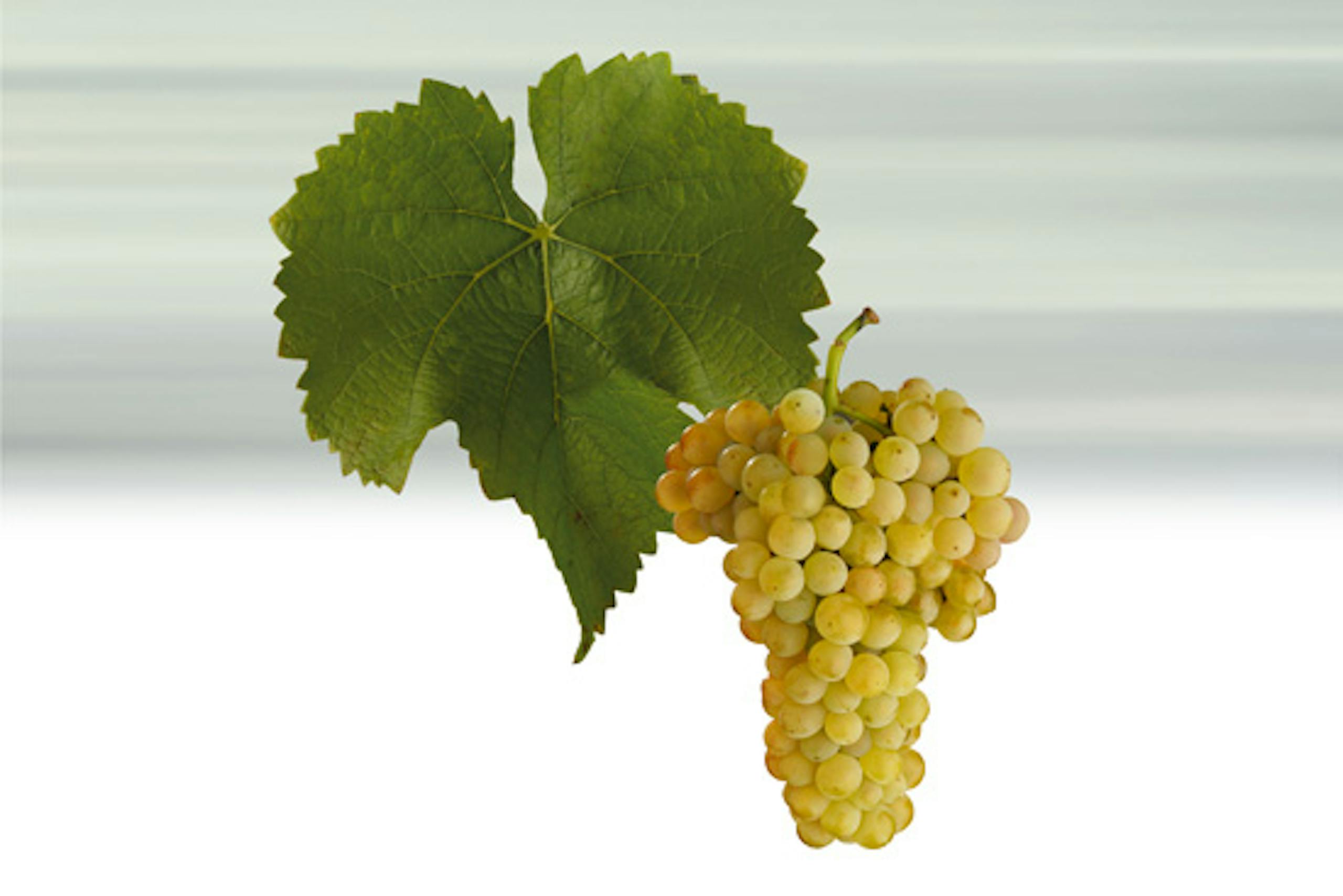Pinot Blanc - a full-bodied white wine with subtle spice
Základní charakteristika vína
Pinot Blanc was formerly called Burgundy White. However, after the pressure of France to change the name, all these wines were renamed to Pinot, including the Burgundian whites. This variety is widespread in all six of our sub-areas, however, it can be found extensively in the Litoměřice and Slovácko regions, and it also achieves excellent results in the Znojmo and Mikulov regions.
Barva vína
Green-yellow.
Vůně vína
The aroma of the wine is delicate, fruit and floral, you can feel the flavour of pears, bread crust and hazelnuts in the mature wine.
Chuť vína
Full, elegant, never lacks pleasant acids and has a relatively long finish.
Co se k této odrůdu nejvíce hodí?

Profil vína
Interesting wines
About
5 % of the total vineyard plantings.
Entered in the State Register of Grape Varieties in 1941.
Wine is full, elegant, with lower acidity levels, supple, and with a long-lasting finish.
The name Rulandské (Ruländer) is an anachronism which came through non-comprehension and complete lack of knowledge of the ampelographic realities in 1993, when Burgundské bílé was re-named Rulandské bílé. In reality one is dealing with the French variety Pinot Blanc, originating from Burgundy, which goes under variations of its native name in the majority of world wine regions where it is grown, like for example in Italy Pinot Bianco. Only in Germany and Austria it is referred to as Weissburgunder and, in Hungary, Fehérburgundi. The original Czech name is Roučí bílé. This variety started as a mutation of the Pinot Noir, which is a black grape variety.
Pinot Blanc is of medium growth, with thick foliage whose leaves are lyre-shaped and bald in the spot where the leaf meets the stem. The bunches are small to medium, cylindrical and dense. Berries are small, rounded, sometimes rather oval, with thin skins and soft flesh. Taste is sweet-sour. The wood-growth is good and it matures well with good frost-resistance. Resistance to fungal diseases is average and to grey rot low. The ripening period is late, requiring it to be planted on the best sites. Best-quality wines are from calcareous soils. Yields are regular to good. They can well reach high enough levels to make special-attribute wines of the highest calibre.
Greenish-yellow colour, soft floral nose, in mature wine one finds pears, bread crusts as well as hazelnuts.
The expression of the wine depends very much on the particularities of the soil structure and wine region where it is grown. But wherever in the world it is grown, Pinot Blanc belongs among the classic white wines. In order to fulfil the greatest expectations, yields must never be allowed to be too high and the ripeness of grapes should at least be of late-picked standard. From higher than average yields and unripe grapes wines are thin and harsh, hollow, and will not improve with age. In appropriate conditions wines are elegant, well-balanced, full and rich in extractive substances, without ever becoming too heavy. The acidity is ripe, which increases attractiveness and if temperature-controlled fermentation is undergone this conserves the smoothness of the flowery nose. Laying down will elicit greater roundness and increases viscocity. The wide spectrum of original refreshing aromas may now even encompass those of pears and other fruit, or even hazelnuts. Pinot Blanc makes an ideal grape for the production of wines with special attributes, such as the special selection (Auslese), special selection of berries (Beerenauslese) and botrytic selection (Trockenbeerenauslese) styles. At the same time it makes excellent raw material for the production of sparkling wines.
Basic characteristics of quality wines:
Greenish-yellow colour, soft floral nose, in mature wine one finds pears, bread crusts as well as hazelnuts. Wine is full, elegant, with lower acidity levels, supple, and with a long-lasting finish.
Translation © Helena & John Baker 2004





